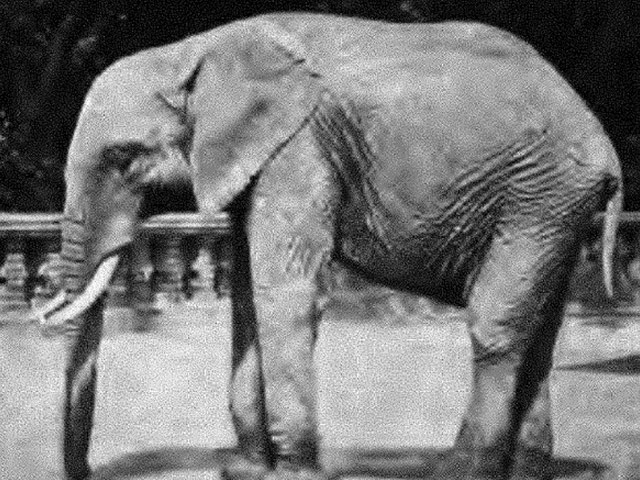<![CDATA[Scientists have found evidence that early humans living in North America preyed upon gomphotheres, a species of animal that was similar in size to modern-day elephants. The discovery was made at the El Fin Del Mundo site in the Sonora Desert of north-west Mexico. The researchers found fossils of the pachyderm surrounded by spear points, which showed that they were hunted. Scientists believe that the tools that were found at this site were used by the Clovis people, and the find dates back to over 13000 years ago. The discovery has baffled scientists as to why they were so far south, since scientists believed that at this time they were supposed to have just crossed the Bering Strait into the northernmost part of America. The Clovis people are thought to be the first people to have set foot in North America, and they did so by crossing the hypothetical Bering land bridge from Asia into what is now Alaska. The recent find however is causing scientists to rethink this theory, as the discovery at El Fin Del Mundo is the oldest Clovis site ever discovered. This gives the possibility that the Clovis didn't originate from the north as was once thought. Scientists are most likely to stick to the original story for now however, as it is most unlikely that they landed in America otherwise, plus there's the possibility that scientists could find an even older Clovis site. However, this could also possibly throw away the theory that the Clovis were the first and only people in the Americas at that time, if the spear-heads found at the site belonged to a different set of people. This is considered unlikely, as the Clovis people had a special way of making their weapons, with their trademark spear points being long, broad and with a two-bladed face. Some circles have been trying to push forth this theory, and this find could add fuel to the fire. The gomphotheres found at the site are a very rare find in North America. They were more common in the Central and South American regions. These animals lived in the high grasslands of South America, and were very common in the Miocene and Pliocene epochs 12 to 1.6 million years ago. The last of the them went extinct around 10,000 years ago. These pachyderms were characterized by their four tusks, with elephant-like trunks. They were smaller than woolly mammoths. Excavation in El Fin Del Mundo began back in 2007 based on a tip from a rancher. Scientists, expecting to find fossils of mastodons or mammoths, happened upon something very different. The discovery put a damper on the theory that these pachyderms lived and went extinct way before humans arrived in the Americas. The gomphothere fossil was riddled with spear-heads, which were lodged in its body when it died. Later on in the year, a group of archaeologists from universities in Mexico will return to survey additional sites near El Fin Del Mundo in the hope of discovering more about the ancient people of America.]]>
Surprise Find of Pachyderms Being Eaten By Ancient Native Americans
